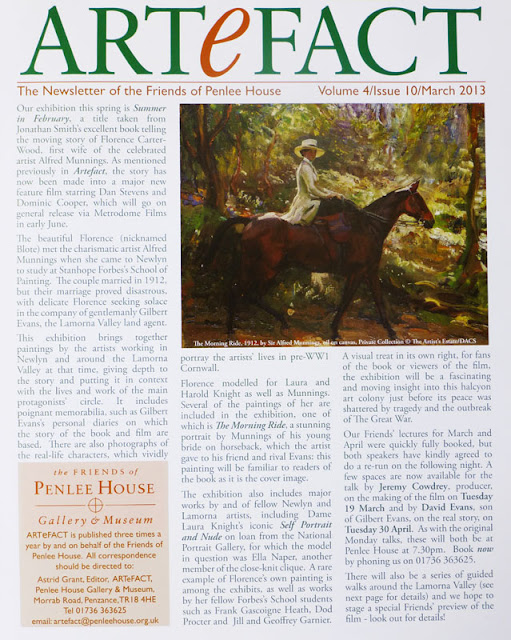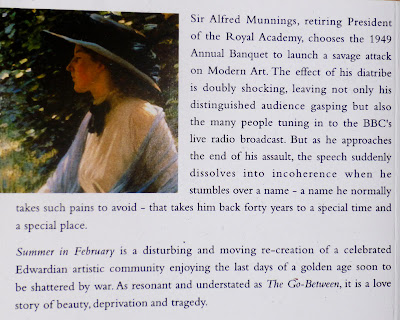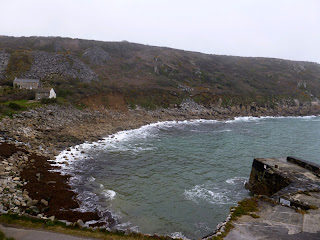Ouranopolis tower, early morning, Saturday 18th May 2013.
Our menfolk are going to visit Mount Athos and females are not allowed. The hotel bus takes the four of us into town, the men to queue for their pilgrim visas and the ferry boat while Heidi and I set out to walk, in the cool of the early morning, to the Athonite monastery of Zygou, founded in the early tenth century, which lies just outside the autonomous republic of Mount Athos.
We head out of town along a dusty road. Parcels of cultivated land are fenced and guarded by dogs, alert to our presence, heads raised from sleep, eyes watchful. Some of them trail our footsteps along their perimeter fencing. A puppy, not yet trained to be forbidding, comes bouncing and wriggling with delight to see us, whist its mother barks a warning.
Wild flowers and silence.
Zygou monastery
Zygou monastery is a tumble of stones. The ticket office is closed, the site padlocked. Beyond a dry stream bed a high metal barrier, rolls of barbed wire and a large sign warning of punishment for trespass mark the boundary of Mount Athos. A thin black cat comes to greet us, walking stiffly on a damaged leg, waving her tail as a flag of welcome. She is covered in sores. We would like to return her friendship. "Hello," we say, but do not let her near enough to rub against our legs.
Perhaps the ticket office will open soon. We walk to the beach, the black cat between us, and look for the ferry that is taking our men to the mountain. It comes into view on a swell of water, not riding the waves well but hitting and rolling. We hope that the 'Qwells' are working well!
The cat sits on a large beach pebble biting at fleas and washing her belly. An hour passes. Waves crash against the shore. The barbed wire barrier extends into the sea. It reminds me of newsreel images that I have seen of war zones. I find it offensive. Here we sit, three females, if you include the cat, all excluded. We return to the monastery and look in disgust at the padlock that bars our entry.
It is getting hot. We walk back along the dusty road towards the town. A snake slithers away from us into the undergrowth. The flowers still bloom but the sense of exclusion has tainted the morning.
























































